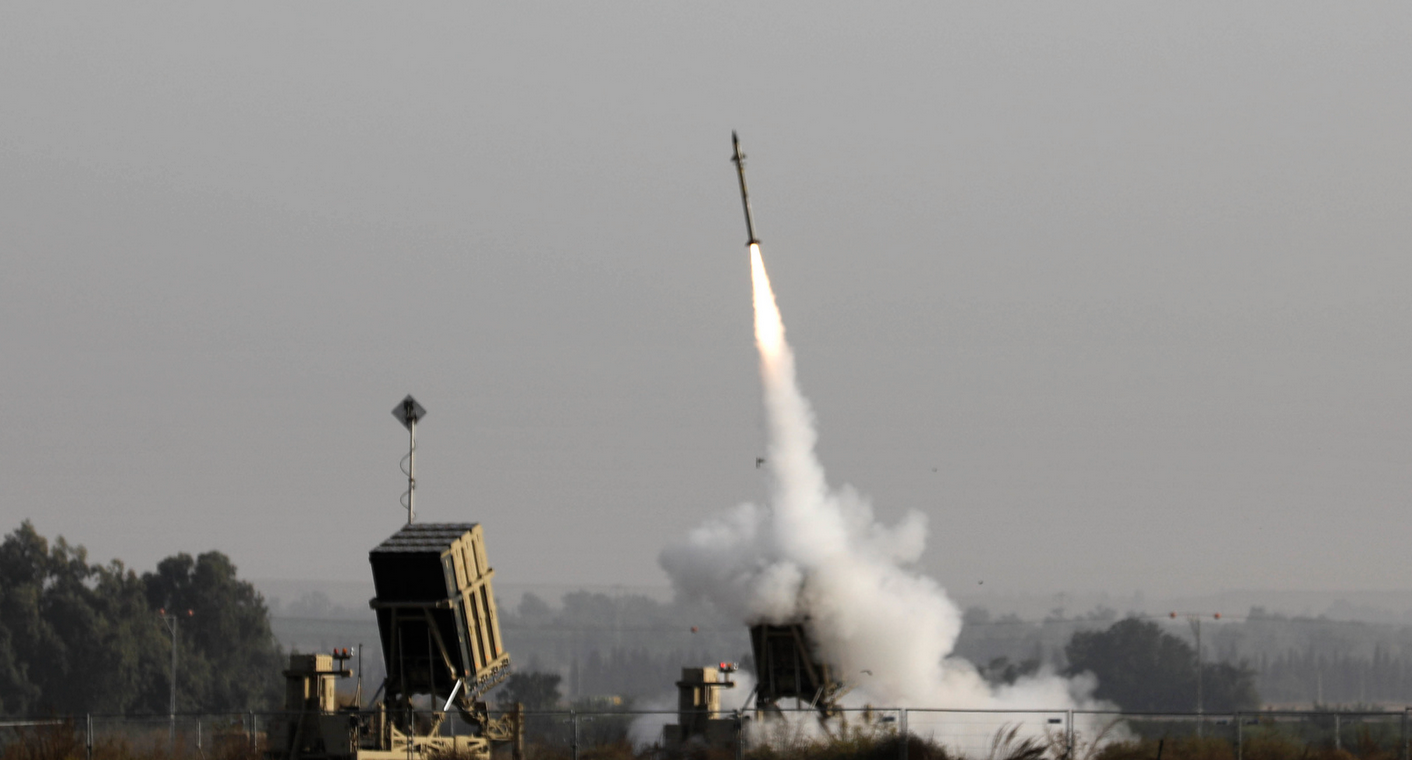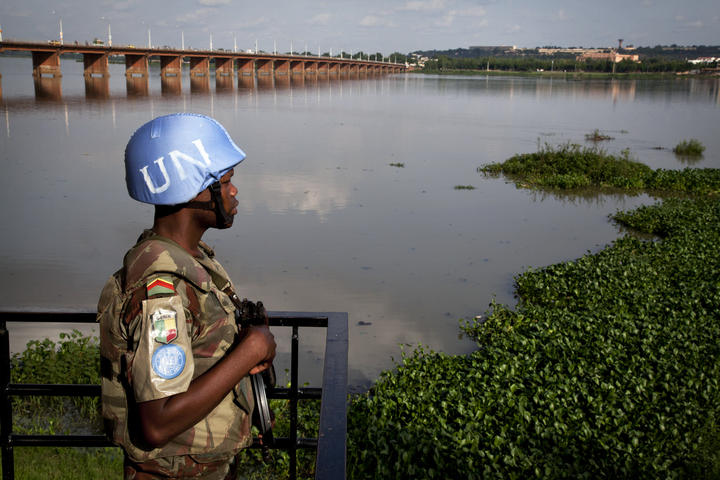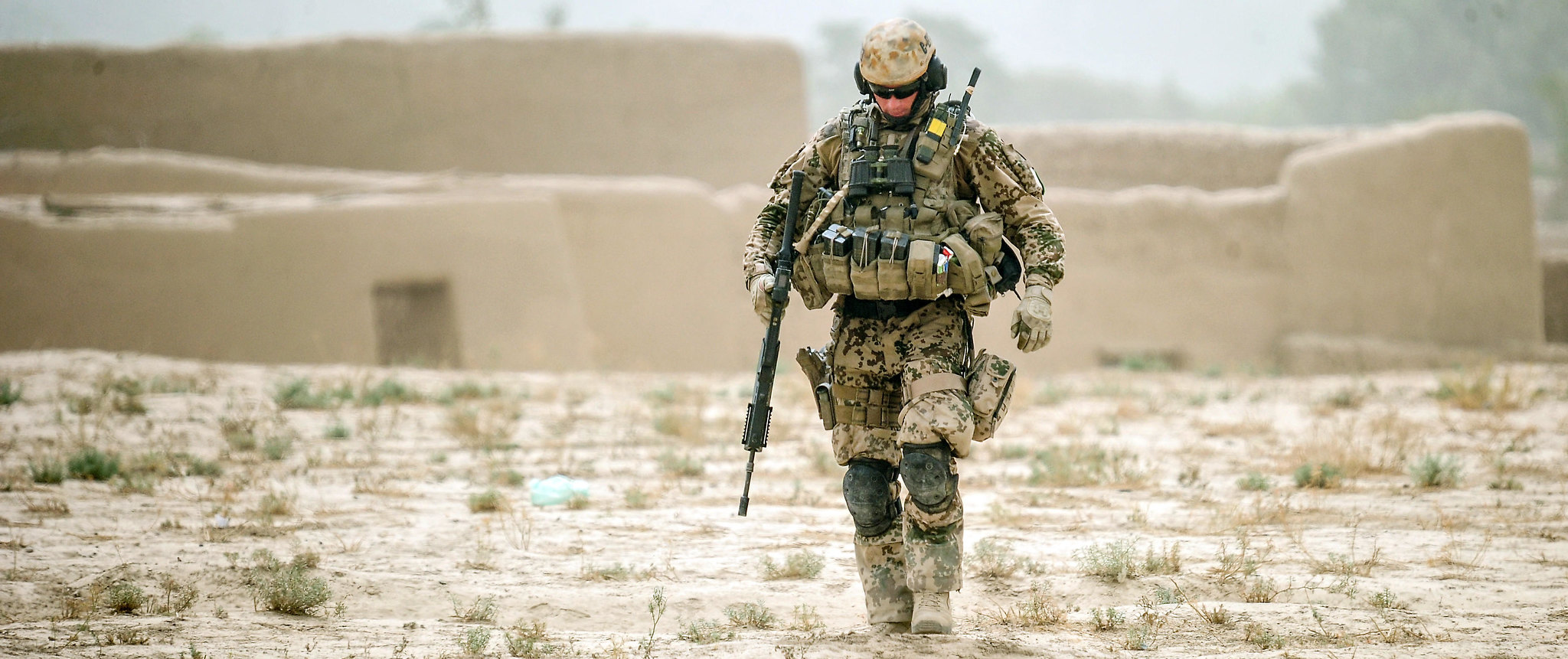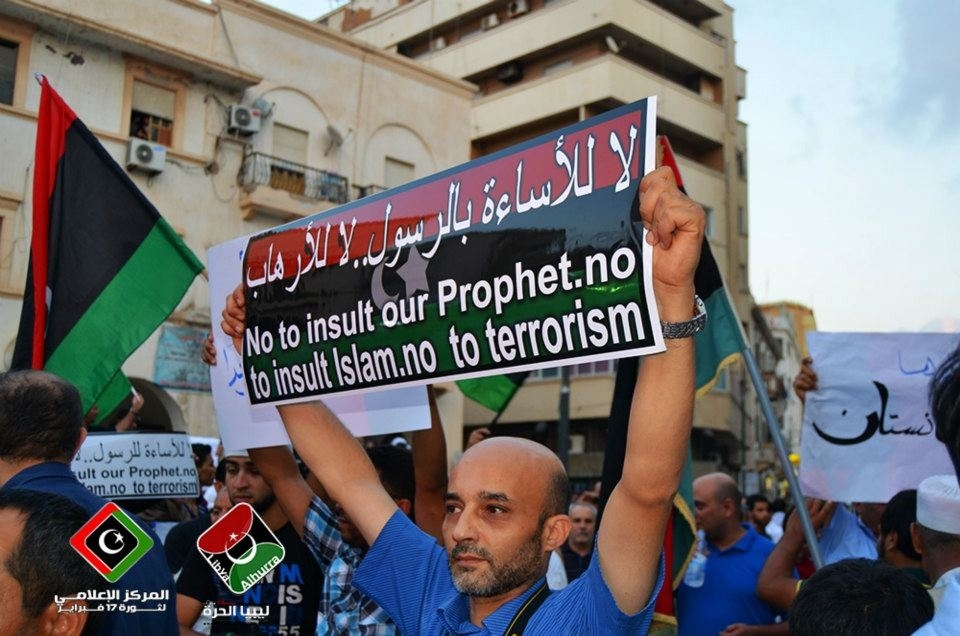On November 12, 2019, Israel assassinated Palestinian Islamic Jihad leader Baha Abu-Atta by dropping a bomb on the safe house in the Gaza Strip where he and his wife were sleeping. In response, Islamic Jihad’s al-Quds brigades, along with the military wings of the Popular Front for the Liberation of Palestine and the Al-Aqsa Martyrs Brigades, fired some 450 rockets into southern Israel. Hamas, the controlling faction in the strip, issued a statement promising punishment, but largely kept its powder dry. It also canceled the regular Friday protests at the boundary fence, ostensibly to avoid giving Israel a pretense for escalation. After the death toll in Gaza rose to more than 40, including a family of eight whose shelter somehow made it into Israel’s approved target list, Hamas fired off exactly two rockets. In return, Israeli fighter jets dropped precision missiles on some empty buildings and open spaces. And while Hamas leader Yaha Sinwar and Israeli Premier Benjamin Netanyahu traded promises of Armageddon, Egyptian interlocutors quietly communicated each side’s respective conditions for returning to the previously negotiated ceasefire.
What do we make of this dangerous, deadly, yet ultimately non-escalatory exchange between two sworn adversaries? Why would Hamas stay out of the fight, then join the fight (albeit half-heartedly), if their objective was to reinforce the existing ceasefire? And why would Israel—or more specifically Netanyahu—take the provocative step to assassinate a key Palestinian leader literally hours before handing over the defense portfolio to his domestic rival, former Education Minister Naftali Bennett? And why would the newly minted Minister of Defense hold back the very fire he has spent the last two campaign cycles promising?
The answer is simple: Gaza is on a “knife’s edge:” an extremely precise and extremely narrow set of conditions exogenous to the substance of the conflict, which actually reinforces cooperation even in the face of provocations that would lead to catastrophe under different circumstances.
Cooperation, of course, is not a word typically applied to Israel and Hamas, and knife’s edge equilibrium is extremely rare. Yet, the pattern of cooperation persists, even as the fighting continues. Since Gaza’s Great Return March protests began, over 300 Palestinians and 7 Israelis have been killed, and over 35,000 injured in clashes following the weekly demonstrations along the boundary fence between Gaza and southern Israel. Palestinian factions have also launched thousands of rockets into Israel, including some reaching as far as Tel Aviv, and Israel has struck hundreds of targets up and down the 24km2 coastal enclave. Yet with each escalation, one or both parties will either exercise restraint or signal a willingness to compromise. Hamas will limit its rocket fire, or arrest a few militants from another faction. Israel will avoid Hamas leadership in its retaliation or allow a few extra fuel trucks to enter the strip, or expand the limits on Palestinian fishing. Soon, there will be word of an imminent, usually Egyptian mediated, ceasefire. These interactions over the last 18 months looks suspiciously like one of Axelrod’s famous cooperation tournaments—wherein the winner of Prisoner’s Dilemma games was tit-for-tat, an approach that cooperates on the first round and then, on every subsequent round, copies the co-player’s choice from the previous round (and on occasion will respond to defection with an act of forgiveness).
The drivers of this fragile cooperation are inherently contradictory. At a basic level, neither Israel nor Hamas have an interest in confrontation. At the same time, both face internal pressure for escalation. The brutal lesson of the last two mini-wars in 2014 and 2009, is that the costs of confrontation far outweigh any possible gains. Neither cycle of blood-letting did anything to change the basic parameters of the game. Killing over 1,500 fighters, destroying arsenals, and smashing their tunnel network did not dislodge Hamas from power or bring about a permanent end to the rocket fire. Conversely, inflicting the worst casualties on Israel since the Lebanon war was no more successful in lifting the then-seven-year blockade of the Gaza Strip than humanitarian appeals and charges of war crimes.
Ironically, the only change in the parameters of the game was that the parties were even more dependent on the other and incapable of securing their interests without some level of cooperation. Hamas could not secure the resources to rebuild or govern without acquiescence from Israel. And, short of re-occupying the 24km2 strip and its 2.2 million residents, there was no way for Israel to stop the rocket fire short of working with Hamas. As a result, both have wielded carrots and sticks to coax concessions and reinforce the status quo through regional interlocutors. In fact, despite a series of flare-ups over the summer, including one during the final days of the most recent Israeli election campaign, Israel, Hamas, Qatar, Egypt, and various UN agencies were working diligently on plans to address the humanitarian emergency in Gaza, including the construction of a Qatari-funded desalination plant.
The challenge is that maintaining this fragile equilibrium is costly, risky, and easily disrupted by factors beyond either party’s control. To a large extent, both the leadership of Hamas and the Netanyahu government have staked their political fortunes on being tough on the other and are painfully susceptible to charges of being soft on the occupier or terrorizer respectively. For example, when Qatar offered some $400 million in cash assistance and development aid desperately needed by Hamas to pay salaries and stave off a rebellion among the 52 percent of unemployed Gazans, it not only had to curtail its own rockets, it also had to prevent smaller and more radical factions, such as Palestinian Islamic Jihad, from using theirs. Doing this, however, risked them being labeled a collaborator and no different than their Fatah rivals in the West Bank. Moreover, permitting Qatar to send a high-level envoy to the Gaza Strip to deliver aid exposed Netanyahu to charges of funding terror in the run-up to critical elections. The only means of deflecting these charges is to escalate, while simultaneously signaling an intent to honor earlier agreed points of compromise. The obvious danger is that these signals can be misread, as was the case in 2014.
This knife’s edge equilibrium also depends on exogenous factors beyond the control of either side. While Egypt’s Abdel Fatah el-Sisi is interested in strengthening ties with Israel, that cooperation is as domestically problematic as working with Hamas, which al-Sisi accused of collaborating with his predecessor Mohamad Morsi to undermine Egypt’s security. Though both Israel and Hamas had an interest in the swift opening of the Rafah crossing from southern Gaza to Northern Sinai, it took Egypt five years to agree to an acceptable arrangement. By the same token, a rapprochement between Qatar and Saudi Arabia could be contingent on cutting funds to Hamas, which is considered by Riyadh as just another Iranian proxy. Were any of these regional players to withdraw their support, the fragile equilibrium could be shattered.
The biggest wild card is the political fortunes of Israeli Premier Benjamin Netanyahu, who failed to win a clear majority in the last two snap elections, and, on November 21, 2019, was indicted on charges of fraud, breach of trust, and bribery. Whether he will provoke a confrontation to force a unity government or to burnish his security credentials in advance of another election is as uncertain as his political future.


![Photo credit: Monos [Official Trailer].](https://politicalviolenceataglance.org/wp-content/uploads/2020/02/Screen-Shot-2020-02-18-at-12.33.34-PM.png)



